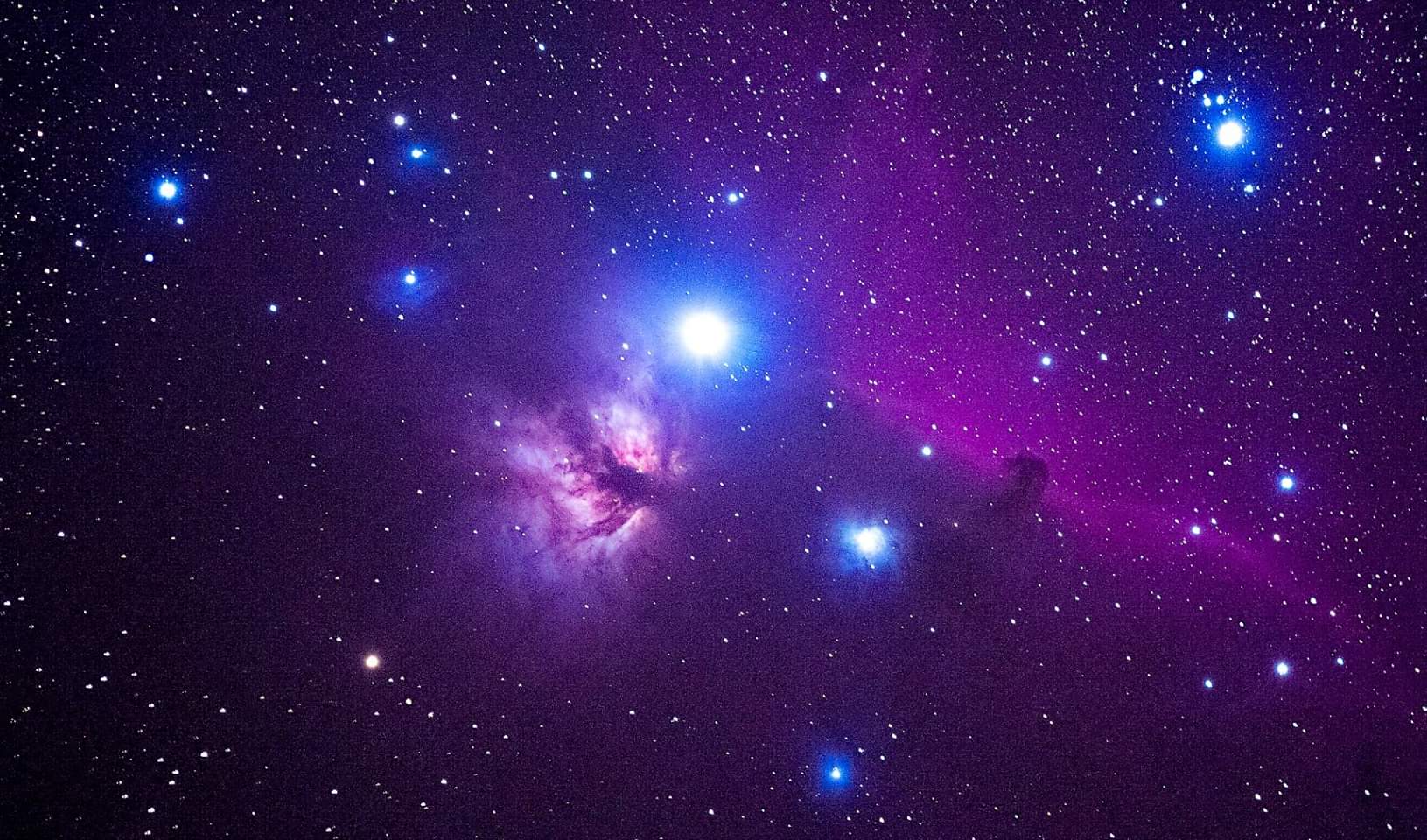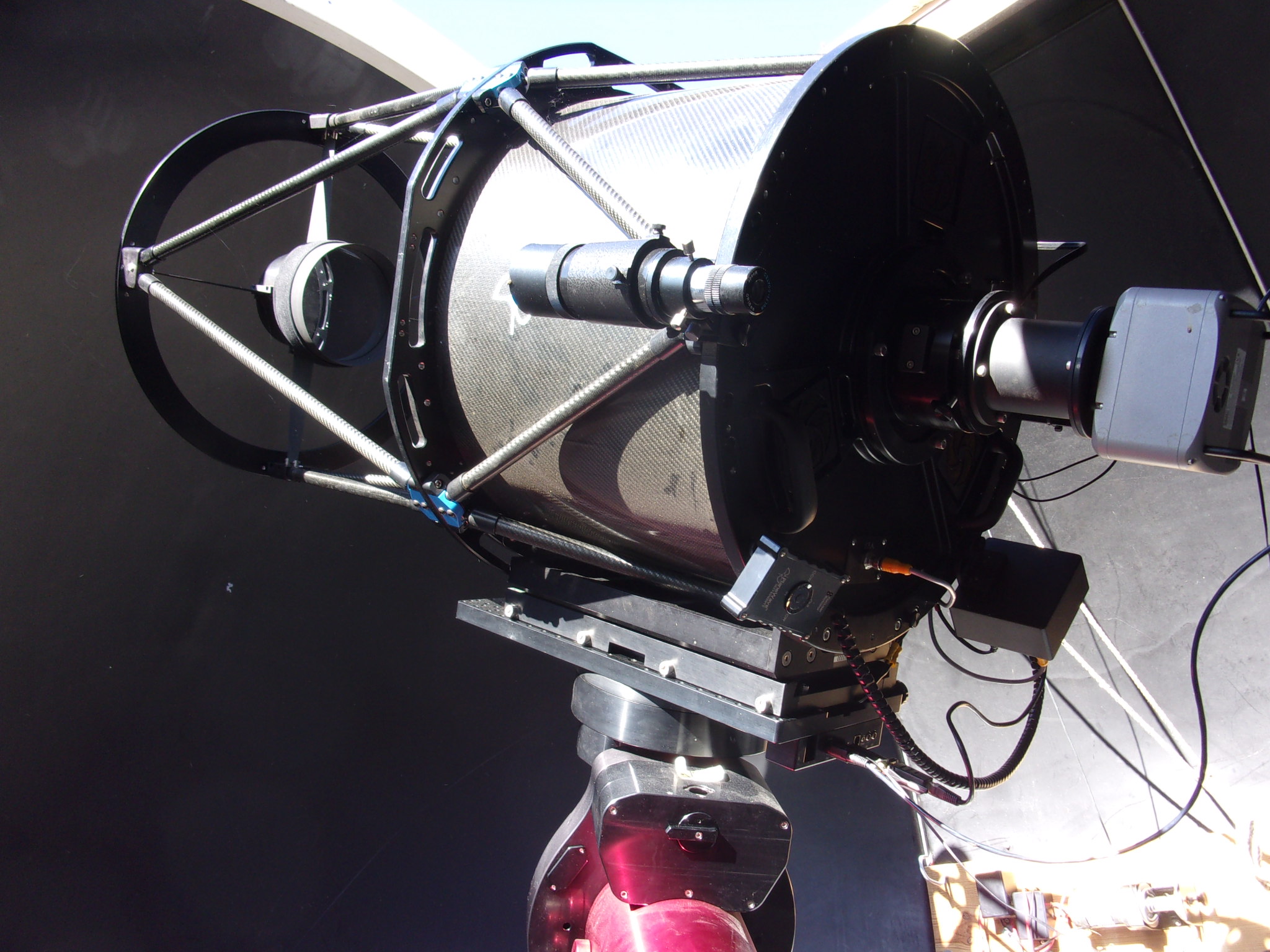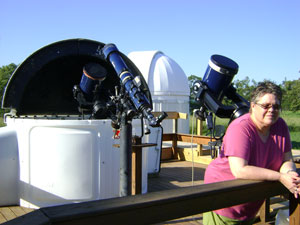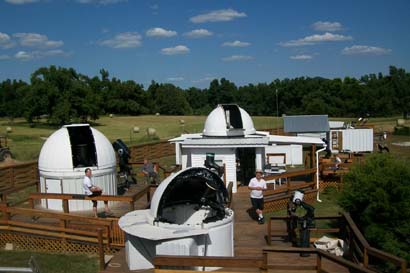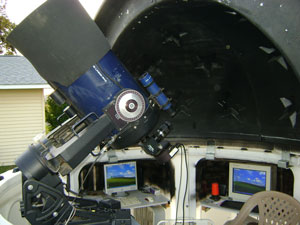
NEOWISE COMET | VIEW MOVIE
During an approximately 45-minute observing session a few nights ago, I repeatedly shot almost 200 multiple 15-second exposures using our George Roberts 20" telescope, and Prof. Jeff Robertson of ATU stitched my images into a time elapsed movie. Note how fast the comet moves against the background stars as it orbits the inner solar system, and how the streams of gas in the ion tail blows in the solar wind almost like a flag. The two dramatic 'jumps' in the comet's motion during this 30-second time elapse is from my repositioning the scope every 15 minutes. Since its drive system is designed to cancel out the motion of the earth's rotation, the comet would start to travel out of the CCD cameras' field of view. See the movie at https://1drv.ms/u/s!AmwVH4iJV4jDgtcau1OHkJSodxG8rQ?e=CQLwbJ.






